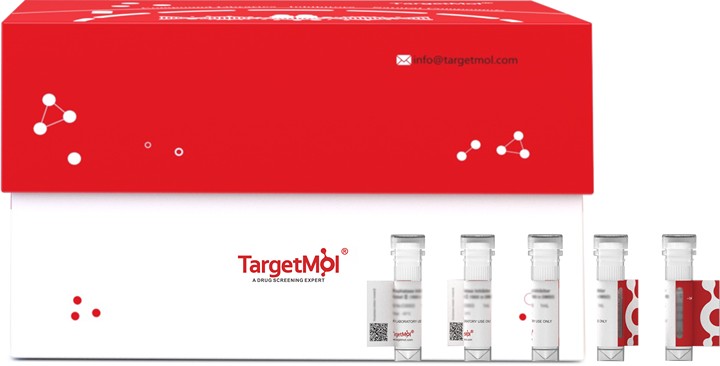Shopping Cart
- Remove All
 Your shopping cart is currently empty
Your shopping cart is currently empty

L1CAM Protein, Human, Recombinant (His & Avi), Biotinylated is expressed in HEK293 mammalian cells with His and Avi tag. The predicted molecular weight is 126.46 kDa and the accession number is NP_000416.1.

| Pack Size | Price | Availability | Quantity |
|---|---|---|---|
| 20 μg | $600 | 7-10 days | |
| 100 μg | $1,390 | 7-10 days |
| Biological Activity | Activity testing is in progress. It is theoretically active, but we cannot guarantee it. If you require protein activity, we recommend choosing the eukaryotic expression version first. |
| Description | L1CAM Protein, Human, Recombinant (His & Avi), Biotinylated is expressed in HEK293 mammalian cells with His and Avi tag. The predicted molecular weight is 126.46 kDa and the accession number is NP_000416.1. |
| Species | Human |
| Expression System | HEK293 Cells |
| Tag | C-His-Avi |
| Accession Number | P32004 |
| Synonyms | SPG1,S10,NCAM-L1,N-CAM-L1,N-CAML1,MIC5,MASA,L1 cell adhesion molecule,HSAS1,HSAS,CD171,CAML1 |
| Construction | A DNA sequence encoding the Human L1CAM (NP_000416.1) (Met1-Glu1120) was expressed with a C-terminal polyhistidine tag followed by an AVI tag. The expressed protein was biotinylated in vivo by the Biotin-Protein ligase (BirA enzyme) which is co-expressed. Predicted N terminal: Ile 20 |
| Protein Purity | ≥ 95 % as determined by SDS-PAGE. ≥ 95 % as determined by SEC-HPLC. |
| Molecular Weight | 126.46 kDa (predicted); 145.78 kDa (reducing conditions) |
| Endotoxin | < 1.0 EU/μg of the protein as determined by the LAL method. |
| Formulation | Lyophilized from a solution filtered through a 0.22 μm filter, containing PBS, pH 7.4. Typically, a mixture containing 5% to 8% trehalose, mannitol, and 0.01% Tween 80 is incorporated as a protective agent before lyophilization. |
| Reconstitution | A Certificate of Analysis (CoA) containing reconstitution instructions is included with the products. Please refer to the CoA for detailed information. |
| Stability & Storage | It is recommended to store recombinant proteins at -20°C to -80°C for future use. Lyophilized powders can be stably stored for over 12 months, while liquid products can be stored for 6-12 months at -80°C. For reconstituted protein solutions, the solution can be stored at -20°C to -80°C for at least 3 months. Please avoid multiple freeze-thaw cycles and store products in aliquots. |
| Shipping | In general, Lyophilized powders are shipping with blue ice. |
| Research Background | L1 cell adhesion molecule (L1CAM), also designated as CD171, is a cell adhesion receptor of the immunoglobulin superfamily, known for its roles in nerve cell function. While originally believed to be present only in brain cells, in recent years L1-CAM has been detected in other tissues, and a variety of cancer cells, including some common types of human cancer. L1CAM interacts with a variety of ligands including axonin-1, CD9, neurocan, and integrins, and it has been revealed that the RGD motif in the sixth Ig domain of L1CAM is a binding site for integrins, thus important for nuclear signaling. Disruption of L1CAM function causes three X-linked neurological syndromes, i.e. hydrocephalus, MASA syndrome (mental retardation, aphasia, shuffling gait, and adducted thumbs), and spastic paraplegia syndrome. Overexpression of L1CAM in normal and cancer cells increased motility, enhanced growth rate, and promoted cell transformation and tumorigenicity. Recent work has identified L1CAM (CD171) as a novel marker for human carcinoma progression, and a candidate for anti-cancer therapy. |

Copyright © 2015-2025 TargetMol Chemicals Inc. All Rights Reserved.